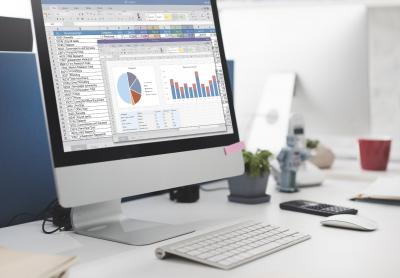
A financial model is a tool that’s built in spreadsheet software to forecast a business’ financial performance into the future. It is a technique for risk analysis and “what-if” experiments.
The forecast is typically based on the company’s historical performance and assumptions about the future. It requires preparing an income statement, balance sheet, cash flow statement, and supporting schedules. The output of a financial model is used for performing financial analysis to make decisions about raising capital, making acquisitions, growing the business organically, capital allocation, and budgeting and forecasting, among others.
Many companies are increasingly using financial modeling to develop their budgets. They are essentially used to generate pro forma financial statements and financial ratios. These are the basic tools for budgeting and profit planning. The model is also needed for day-to-day operational and tactical decisions for immediate planning problems.
Financial modeling is important for startups because by quantifying (and then validating) your business plan and business model, assumptions, and vision, you are able to determine whether you can turn your ideas into a sustainably operating business. You can build different scenarios which will help you better prepare for the future, especially if things do not go the way you planned. Creating different 'what if' projections will help you anticipate how your cash flow, profitability and funding needs will be impacted.
